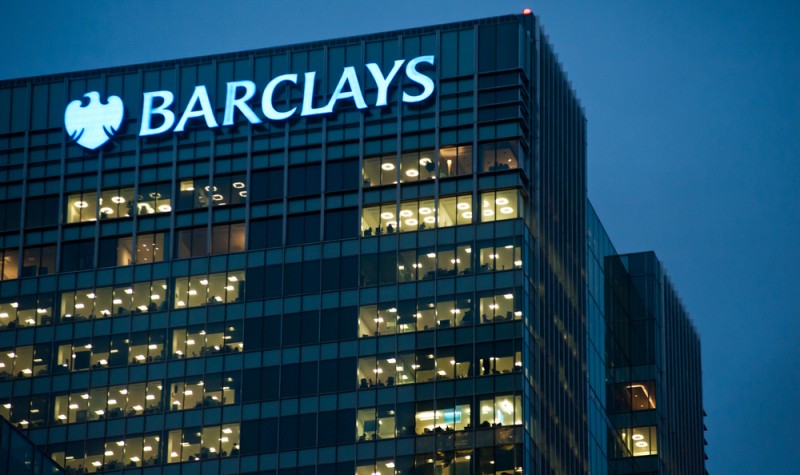Barclays looks set for rising returns

Summer seems to be ‘a coming in’ to judge from the first half results for the current year; not so much proving that crime and misdeeds pay, but rather that they can be paid for with further provisioning while still producing a rise in profits.
I turn to my previous note on Barclays (BARC), sent out on the 12 May last, when the shares were 260p. I delight in seeing that I had them marked down as a not uncertain buy now that they have reached 285p some ten weeks later; a small but useful capital gain of 9.6% in less than three months; far more than you would have got putting money into a Barclays Bank deposit account. I might add that the bank shares are reviewed positively in the forthcoming ‘Limpopo Dispatches’ contribution to the next issue of the Master Investor Magazine.
Statutory profits before tax, in the six months to 30 June, are reported as £3,114 million. However, that includes non core businesses that are not to be continued as part of the slimming down of the bank’s risk weighted assets portfolio. To conserve capital the aforementioned portfolio was shrunk from the £75 billion last December to £57 billion by June; a reduction so my calculator informs me, of 24% in six months; pretty impressive! One wonders why Mr. Jenkins had to go, on the reported ground of not reducing costs enough. It may be perhaps that in the great tradition of investment banking, a traditional deposit taking banker lost out to the traditional investment banking wing of the company. Perhaps he was thought of as too Quakerish in his management style?
Anyway, that aside, the risk weighted common tier one capital ratio rose from 10.3% last December to 11.1% in June. It shows how much has to be accomplished to get even that kind of improvement in the capital ratios. The gearing ratio also rose from a decidedly looking sub-par 3.7% last December to a less modest 4.1% in June. To some schools of capital adequacy thought, that is still not generous, though others will argue it is.
In that connection, it is also to be observed that although the bank’s net tangible asset per share figure is down to 279p, it has only reduced by 6p since last December when it was reported as being 285p. The full book value of attributable assets is reported as being 328p versus 335p. In the interim statement, the bank’s management say that the reduction in the book value of net tangible assets was in part due to increasing the dividend payout. Although NTAV now below the share price of 285p (last seen) it is still pretty close to it. To be precise, the share price of 285p is at a premium of 2.1% to the net tangible asset position. But it remains at a 13% discount to the full balance sheet book value of 328p.
It is encouraging that the bank has at the same time reported a settlement and provisioning of – as Barclays puts it with great gentility – the settlement of certain legacy litigation and conduct costs; in short and to be blunt, those foreign exchange misdoings. That is reported to be a £1.6 billion. This time around, there were additional provisions of around £800 million against nothing extra in the first half of last year. Elsewhere, we are given a total provisioning of £2 billion for on-going litigation and litigation liabilities, a number which seems to tally with other numbers given.
So, on an adjusted basis, pre tax profit was up 11% compared with up 25% on a statutory basis of accounting. Net attributable profit was up 22% in contrast to being up 43% on a statutory basis.
The chairman and CEO states that Barclays has a good portfolio of businesses but that there is a need to “accelerate” the execution of the agreed strategy, stating that more can be done to deliver better returns faster. That sounds good stuff for shareholders. Basically, that means getting returns on equity to above the cost of equity. We were also told that the board has a mind to keep this year’s annual dividend at 6.5p giving at a share price of 285p (last seen) an indicated annual dividend of 2.3%.
The share price appears to have upward momentum and I continue to mark Barclays shares as a buy on the book value of its assets and the promise of further rapid improvement in shareholder value.
Comments (0)